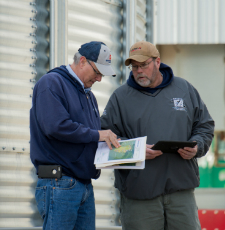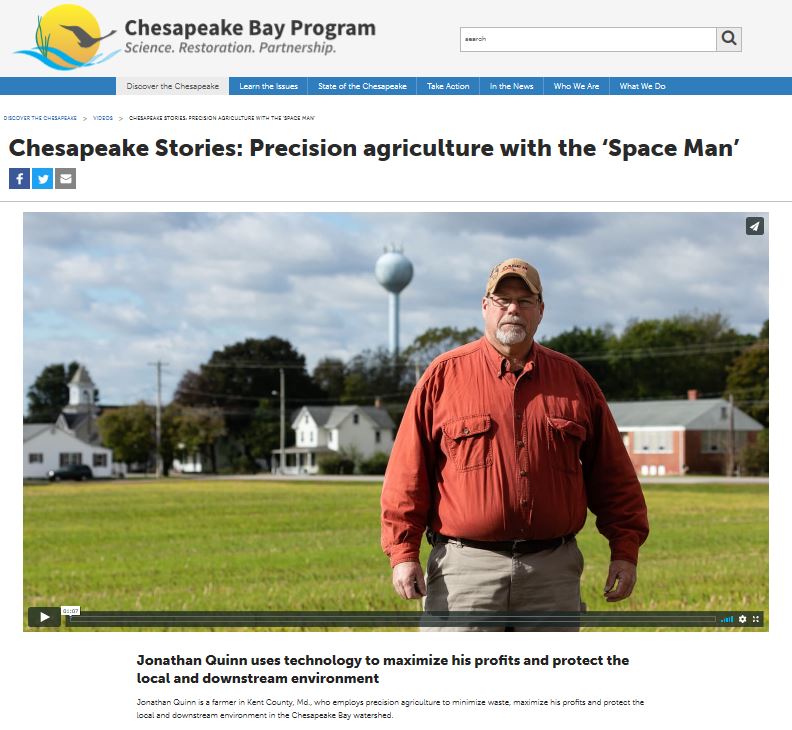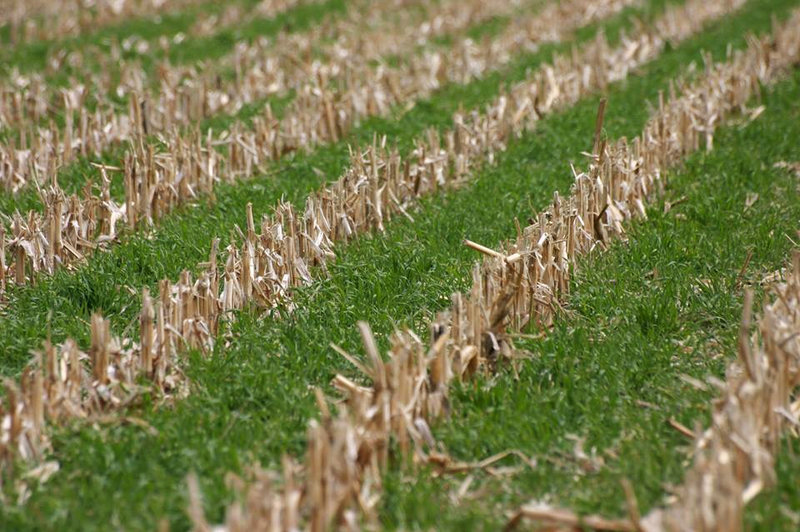PA Farmer Selected as 2020 4R Advocate
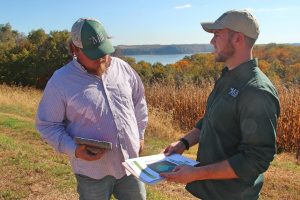
Delta, PA. (January 8, 2020) – Farmer Mike Kurek of Susquehanna Orchards in Delta, Pennsylvania and his agronomist, Tim Hushon of The Mill, were selected to be part of an elite group representing 4R Nutrient Stewardship as part of The Fertilizer Institute’s 4R Advocate Program. This program was established nine years ago to recognize farmers and retailers who go above and beyond to implement enhanced nutrient management practices. Kurek and Hushon join 44 other grower/advisor pairs that have been recognized since the program’s inception, and they are the first to receive the award from Pennsylvania.
The 4R Advocate program showcases growers that champion 4R Nutrient Stewardship—applying the Right nutrient source, at the Right rate, Right time, and Right place to maximize nutrient use efficiency for high-yielding crops and to protect water quality from nutrient losses. “We’re extremely proud to have Mike and Tim representing 4Rs and Pennsylvania with national recognition,” says Eric Rosenbaum, Executive Director for the Pennsylvania 4R Alliance.
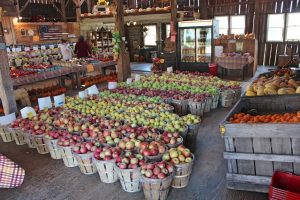
Kurek, along with his wife, Trish, recognizes the value of 4R Nutrient Stewardship. As the parents of three children under the age of six, the Kureks want to preserve their land for future generations while ensuring sustainable business practices that provide for their family. The Kureks own and manage 315 acres in Delta, Pennsylvania where they produce corn, soybeans, peaches, apples, and pumpkins. The family also operates a popular on-farm store and pick-your-own operation. The farm is located just four miles north of the Conowingo Dam which signifies the head of the Chesapeake Bay.
Kurek originally started down the 4R path in his orchards. He saw improvements in yields as he implemented a spoon-feeding foliar fertilizer application system and minimized disturbance of soil within the orchard. He utilizes regular tissue sampling in the orchards to assess nutrient needs and, in many years, applies 100% of his nutrients through foliar application. “There aren’t many 4R programs available for orchards specifically, so I was forced to develop my own,” says Kurek.
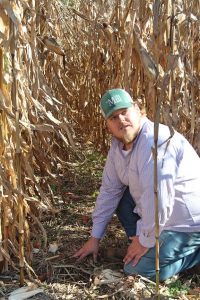
In 2012-2013, Kurek began applying the 4R practices he had learned in the orchard to his row crops and turned to the Bel Air, Maryland-based agricultural retailer, The Mill, for the latest in agricultural technologies. Tim Hushon began advising Kurek and has been the gateway to 4Rs for Susquehanna Orchards. “Mike is very open-minded when it comes to trying new technologies,” says Tim. “When I learn about a new product or tool that The Mill can offer growers, I turn to Mike to help me test it out. We both love the challenge of maximizing yield through 4R Nutrient Stewardship.”
Active in the local and online communities, Kurek cares about sharing the message of the importance of agriculture and the good work being done by farmers. With his public-facing orchard, and now as a 4R Advocate, he has a great platform for sharing how nutrient management benefits water quality to school groups and parents that regularly visit the orchards.
Both Kurek and Hushon recognize the importance of sharing the message of Nutrient Stewardship and have actively engaged with the PA4R Alliance to provide education and outreach to farmers across the state. “I find it very important to get the 4R message out to more people,” Kurek said, “Compared to many of the older practices I’ve seen, there is really a better way of doing things now. It’s scary to take that leap, but through my partnership with Tim at The Mill, I’ve felt confident in moving our operation forward with 4Rs.” As part of this award, both Kurek and Hushon will be traveling to the Commodity Classic in San Antonio, TX in February to receive recognition on the national stage. They will also be engaged in field days, publications, and media events throughout 2020.
Congratulations on this achievement!
The PA 4R Alliance, a member of the Mid-Atlantic 4R Nutrient Stewardship Association, is a non-profit organization comprised of agribusiness, government agencies and environmental groups whose mission is to promote 4R Nutrient Stewardship—applying the RIGHT nutrient sources for the crop, at the RIGHT rate to maximize crop yield, at the RIGHT time and the RIGHT place to maximize uptake and minimize nutrient loss. For more details on the Mid-Atlantic 4R Nutrient Stewardship Association, and to learn more about other 4R events in Pennsylvania and throughout the region, click here or follow us on Facebook. For the full article on the 2020 4R Advocates, click here.
XXX
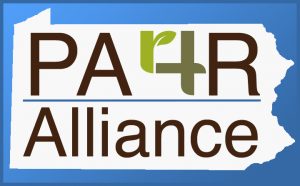
![]()
